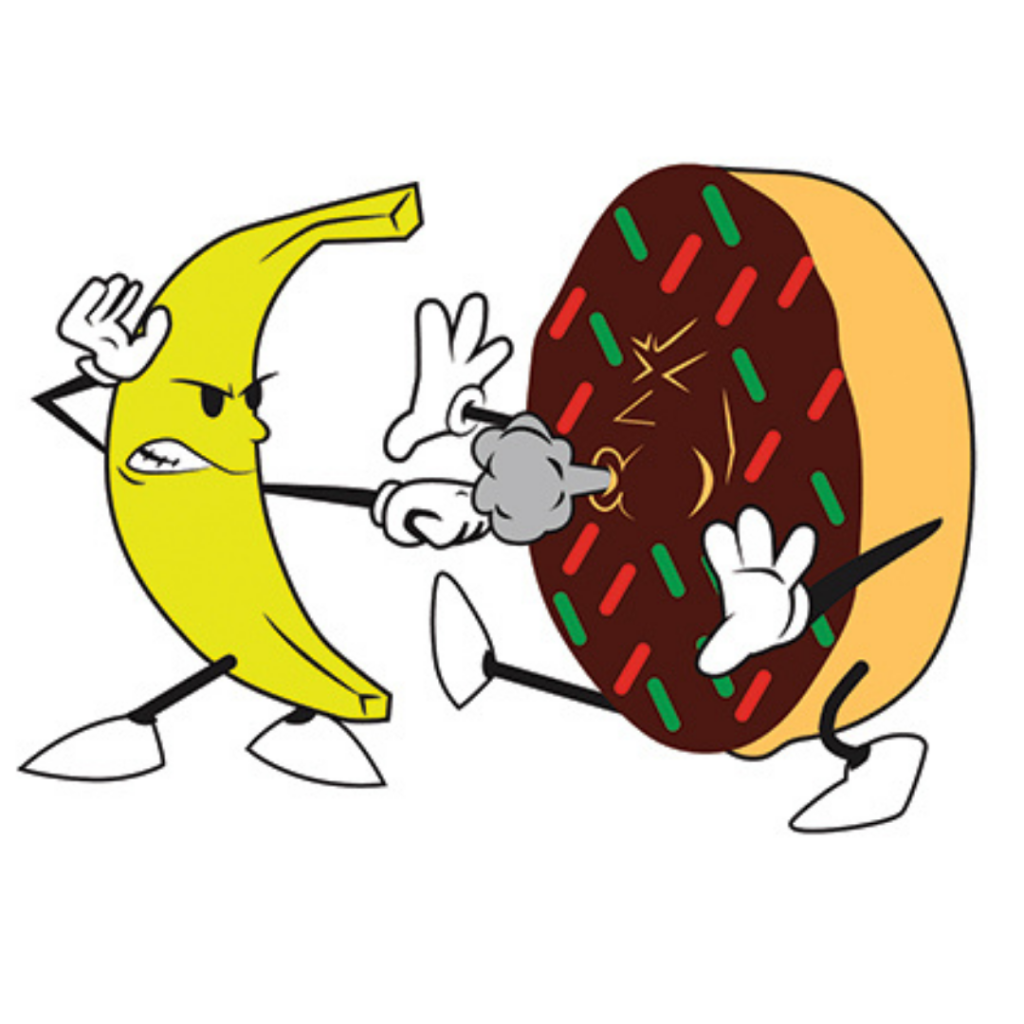When we mention carbohydrates, there’s often a negative undertone attached. I finally decided to investigate and find the hidden mysteries about carbs. You may have heard of the terms “macronutrients” and “micronutrients”. These are categories dietitians and nutrition experts use to refer to your diet. Macronutrients are big picture nutrition categories, such as carbohydrates, fats, and proteins. Micronutrients are smaller nutritional categories, such as individual vitamins and minerals like calcium, zinc, and vitamin B-6. Macro and micro differentiates the way the nutrients are measured. Macronutrients are measured in grams and micronutrients usually in milligrams or micrograms. So my thoughts were, if carbohydrates are considered to be of the big picture nutrition category, then why all the negativity? Well it’s important that we understand what we eat and why. As with everything, there has to be balance. But you have to first educate yourself before you can find that balance.
Good Carb or Bad Carb?

The three main types of carbohydrates are sugars, starches, and fiber. They’re called “simple” or “complex” based on their chemical makeup and what your body does with them. A lot of foods contain one or more types of carbs, so it’s a little tricky to understand what’s healthy for you and what’s not. Often times we will refer to them as good carbs” vs “bad carbs”. Either way, we have to understand them and find our balance.
Carbohydrates are all about energy and are found in foods like fruits, vegetables, breads, pasta, and dairy products. Your body uses these foods to make glucose, which is your main energy source. Glucose is a type of sugar that can be used right away for energy or stored away to be used later.
There are many different dietary guidelines. Here’s a example range based on the standard dietary guidelines in the United States.
- 45 to 65 percent of calories from carbohydrates
- 20 to 35 percent of calories from fat
- 10 to 35 percent of calories from protein
“Carbohydrates provide the body with the energy it needs and are a good source of many vitamins and minerals. However, not all carbohydrates are created equal,” Donna Logan, RD
Make Good Choices
The best carbohydrates are in fruits, vegetables and whole grains. They take longer to break down into glucose and they provide the most nutrients. These are often referred to as “good carbs”. Refined carbohydrates or “bad carbs” are processed to remove part of the grain and have had sugar added. Examples are white bread, cookies and chips. Carbohydrates are broken down into glucose, used to supply energy to cells. Extra is stored in the liver. Refined carbs have been stripped of almost all fiber, vitamins and minerals. This makes them “empty” calories. They also digest quickly, and have a high glycemic index. This means that they lead to rapid spikes in blood sugar and insulin levels after meals. When we eat too much of those carbs, we store them as fat. Insulin is a fat storage hormone. With more circulating insulin in your bloodstream, your body converts the carbohydrates to fat and stores them.
In some cases people choose to eat little to no carbs for weight loss. You will definitely lose weight. However, when you start back eating carbs, your body will store it and make up for the lack in your diet and you will in turn gain the weight right back. Insulin is a fat storage hormone. With more circulating insulin in your bloodstream, your body converts the carbohydrates to fat and stores them. The average person weighing 150 lbs needs 200-350 grams of complex carbohydrates per day. They should come from sources like oatmeal, brown or wild rice, quinoa, sprouted breads, fruits and vegetables or a balanced smoothie with as healthy protein powder.
It's About Balance

Balance is key. I went through many struggles trying to learn how to properly balance my diet. There are many tools and apps on the market that can assist you with your calorie counting and balancing macro and micro nutrients. My choice was the My Fitness Pal App. I downloaded it and entered my information and have been using it for a few years now. I also read labels and make sure that my diet has a balanced portion of the big three macronutrients as well as all of the the micronutrients. Carbohydrates take up 45-65% of your diet. It’s your job to make sure you are getting them from the right sources. So make good choices. And always remember this old saying, “You Are What You Eat!”
– Anita Faye Wilson


Finally clear and concise information regarding carbs. Health journeys can become overwhelming with all the information out there and not all times current. Thanks for the clarity and the visuals are a great help to understanding. I look forward to the next post.
We’re happy to provide information that’s helpful an useful for your life!